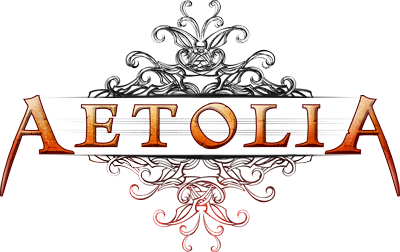Aetolian Game News
Identity system resistance changes
Written by: Skog
Date: Saturday, July 15th, 2023
Addressed to: Everyone
We want to slow the potential pace of shrines and spores being destroyed, and also give an advantage for defenders showing up to guard an objective.
[Bloodloch]
- Fixed various typos and bugs with wargolems, including a bug that prevented some of its key mechanics from working properly with certain head types.
[Duiran & Enorian]
- Resistance as a mechanic is now reworked. Instead of becoming harder to take down, Dejaani shrines and large spores will now simply become invincible for four hours after one is destroyed.
[Duiran]
- Small spores will no longer benefit from any form of resistance whatsoever.
- Large spores and small spores can no longer be used to build nexuses in places that cannot be regularly pathed to.
- New ability: TOTEMIC SURGE. This ability will summon additional lashers at a large spore nexus, somewhat based on the number of non-Duirani currently nearby. These lashers will be aggressive toward all non-Duirani. The lashers will last for about half an hour, and can only be called once every four hours per spore nexus.
- Large spores will now inform players if they are resistant when PROBEd.
- Lashers will now be a bit less likely to entangle targets.
[Enorian]
- Increased Dejaani shrine abjures required to 100, up from 50.
- New ability: INRA DUSUNAI. This ability will summon additional zealous preservers at a Dejaani shrine, somewhat based on the number of non-Enorianites currently nearby. The preservers will stay for about half an hour, and can only be called once every four hours per shrine.
- Tweaked the damage of zealous preservers. They should now scale more appropriately to a target's max HP, and should do less damage overall. They are also now a bit less likely to impale.
Penned by my hand on Falsday, the 14th of Severin, in the year 511 MA.
